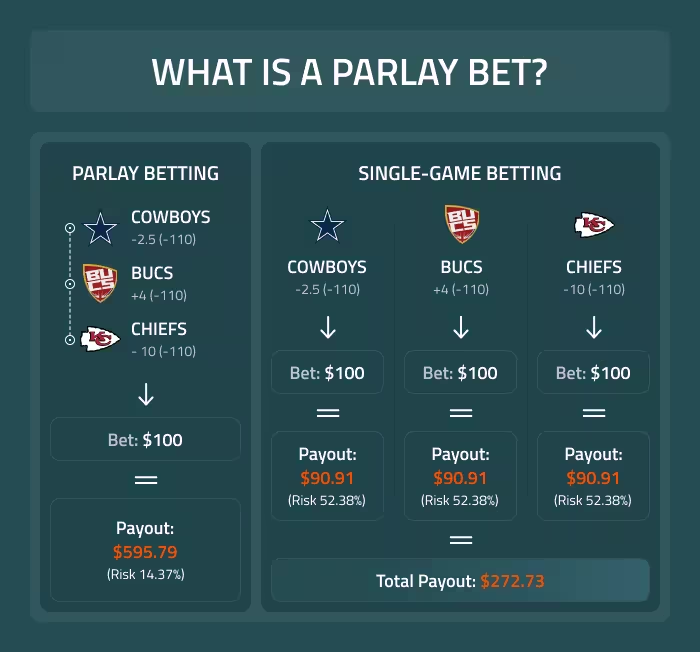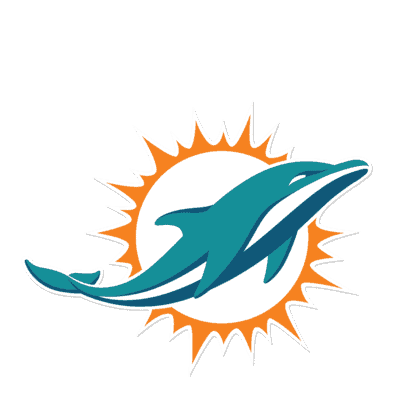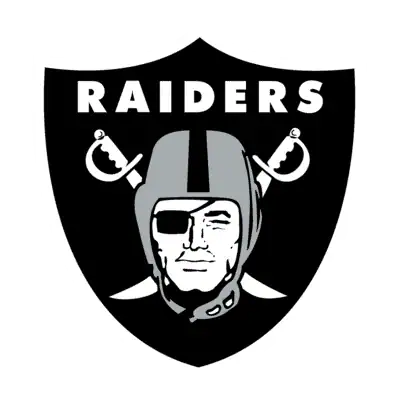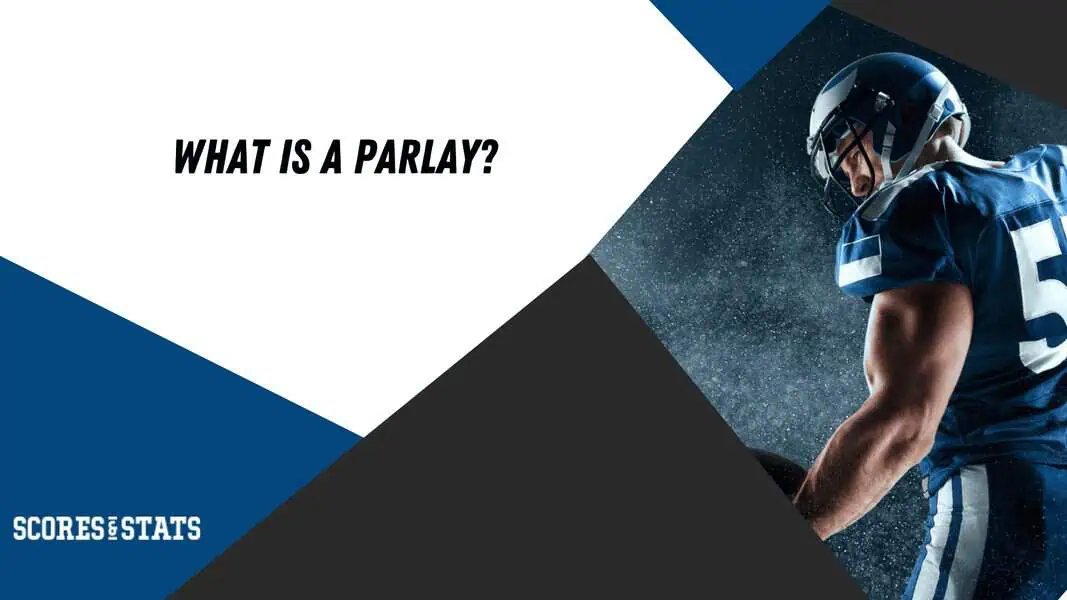What is a Parlay Bet?
In our guide to Parlay Bets, we’ll explore how combining multiple wagers into a single bet can enhance potential payouts, but also increase the risk. We’ll provide tips on how to strategically build a parlay and share methods to help minimize losses while betting.
Betting on parlays can be exciting and profitable if done wisely, and after reading this guide, you’ll have the knowledge you need to start placing informed parlay wagers.
How a Parlay Works
A parlay bet is a wager that combines multiple individual bets into a single bet. To win a parlay, all the individual bets, or “legs,” must be correct. Parlays are most commonly used for betting on NFL, NHL, or NBA games, either moneylines, point spreads, or props.
The parlay wager offers players the opportunity to increase their winnings by locking in their wagers. This comes with added risk, but with the right strategy and understanding of the parlay’s core principles, they can be quite profitable.
In this parlay betting guide, we’ll take a look at how to calculate the implied and combined probability of a parlay, how to hedge against your parlay for guaranteed profit, and much more.
The appeal of a parlay bet lies in the potential for a higher payout compared to placing each bet separately. However, with greater potential rewards comes greater risk, as one incorrect leg results in the entire parlay losing.

To get a better idea of what a parlay bet actually is, let’s dive into some specifics:
Combining Multiple Bets
Horses qualify for the Breeder’s Cup races through a system of points that are earned in designated races known as “Challenge Races.” These races are held throughout the season and the number of points to qualify depends on the specific race within the Cup.
In a parlay, bettors can combine various types of bets, such as moneylines, spreads, and totals, into one bet. Each of these is a leg of the parlay. The more legs you add, the higher the potential payout, but the difficulty of winning the parlay also increases exponentially.
Calculating Parlay Odds
Parlay odds are calculated by multiplying the odds of each leg. For example, if you have three bets with odds of +150, -110, and +200, you convert these odds to decimal format (2.5, 1.91, and 3.0, respectively), and then multiply them together. The result is the decimal odds for the parlay. To convert these back to American odds, subtract 1, multiply by 100, and you have your parlay odds.
Example:
Subtract 1 and Multiply by 100: (14.325 – 1) X 100 = +1,332.5
Convert Odds to Decimal: +150, -110, and +200 will become 2.50, 1.91, and 3.00
Multiply the Odds: 2.5 X 1.91 X 3.00 = 14.325
Parlay Payouts
Parlay payouts are higher because the risk is greater. The payout for a parlay bet is the product of the amount wagered and the parlay odds. For example, if you wager $100 on a parlay with +600 odds, your payout would be $700 ($600 in profit + your original $100 bet). It’s crucial to note that one losing leg in the parlay means the entire bet loses, no matter how many other legs you got right.
Example
Choose Your Parlay Legs: +150, -110, and +200 (total = +1,332.5)
Choose Your Stake: $100
If You Win, You Earn: Initial stake = $100, Profit = $1,232.50, Total = $1,332.50
Types of Parlays
Every parlay has multiple legs, whether those legs happen across a few games, the whole season, or during the same game doesn’t matter. By nature, every parlay is a multi-leg parlay. The more legs you add, the more risky it becomes, but it also becomes more profitable. There are a few other kinds of parlays you can take advantage of as well:
Same-Game Parlay
Same-game parlays allow bettors to combine multiple bets from the same game into a single parlay. These have become increasingly popular with sportsbooks offering more options for in-game events, allowing bettors to leverage their understanding of how different aspects of a game correlate with each other. your bet). Your total payout = $10 (your bet) + ($10 x 5) = $60. If your horse loses, you lose your entire bet amount ($10).
Round Robin
A round robin is a series of smaller parlays created from a larger list of selections. Instead of placing one large parlay, a round robin breaks the selections into every possible parlay combination. This reduces risk but also lowers potential payouts, as you don’t need every leg to hit for a payout.
Teasers
Teasers allow bettors to adjust the point spread or totals line in their favor. While this reduces the payout odds, it increases the likelihood of winning. Teasers are popular in sports like football and basketball where point spreads are a key part of betting strategy.
To learn more about how teasers work, check out our expert guide to teaser parlays.
Pleasers
A pleaser is the opposite of a teaser; you adjust the point spread or total against your favor, but in return, you receive higher payout odds. Pleasers are highly risky but can offer substantial rewards if the bet is successful.
Strategies for Successful Parlay Betting
There are two core strategies that you should be using when planning a parlay wager. First, you must learn how to assess risk. Then, depending on your risk tolerance, you can hedge your parlay wager to ensure a profit no matter the outcome of the games you’re betting on.
Assess Risk
Understanding and assessing the risk involved in each leg of a parlay is crucial. Bettors should carefully evaluate the likelihood of each individual bet hitting and understand that adding more legs increases the overall risk exponentially.
Calculating the risk percentage on a parlay involves understanding the probability of winning each leg and then combining these probabilities to find the overall probability of winning the entire parlay. The risk percentage is essentially the inverse of this combined probability
Let’s take a look at an example:
You place a 2-leg parlay where your first wager has +150 odds and the second wager has -150 odds.
Step 1: Identify the implied probability of each wager
For positive American odds, use: Implied Probability = 100 / (Odds) + 100
100 / 150 + 100 = 100 / 250 = 0.40 or 40%
For negative American odds, use: Implied Probability = Odds / (Odds + 100) X 100
150 / (150 + 100) X 100 = 0.60 or 60%
For more information about how to calculate the implied probability, check out our guide to how betting odds work.
Step 2: Find the combined probability for the parlay
To find the combined probability, use: Combined Probability = (Probability A) X (Probability B)
0.40 x 0.60 = 0.24 or 24%
Step 3: Calculate risk percentage
To find the risk percentage of your parlay, use: 1 – (Combined Probability)
1 – 0.24 = 0.76 or 76%
In this example, the risk you’re taking on is 76%, meaning you have a 76% chance that your parlay will not hit.
The lower the combined probability, the higher the risk. The more legs you add to the parlay, the higher the risk will be, even if the individual moneylines or point spread wagers seem likely.
Let’s see this in action. From the example above, we’ll add a wager at +200 odds to the parlay.
Find the risk percentage of a 3-leg parlay with odds +150, -150, and +200.
Step 3: Calculate risk percentage
Implied Probability of +200: 0.33 or 33%
Combined Probability: 0.40 X 0.60 X 0.33 = 0.0792 or 7.92%
Risk Percentage: 1 – 0.0792 = 0.9208 or 92.08%
As you can see, adding one more wager to the mix increases the risk percentage to 92.08%.
Know When to Hedge
Hedging is a strategy used to minimize risk, particularly in a parlay where most legs have already won, and only one remains. By placing a bet on the opposite outcome of the final leg, bettors can lock in a profit regardless of the result. Hedging requires careful consideration of potential payouts and risks.
However, hedging parlays is particularly helpful. You can place a hedge bet on your parlay if you’re concerned about any of the legs not hitting to see return no matter what.
Using our example from above, let’s see how you can guarantee a return on a parlay using hedging.
You place a $100 wager on a 3-leg parlay with odds of +150, -150, and +200. The first two legs of your parlay have already hit, and you want to cover your losses in case the third wager does not hit. You’d place a hedge wager on the opposite outcome, let’s say the odds of the other team winning are -140.
You wager $150 on Team B to win the game with -140 odds. If this hits, you’ll receive $107.14 and your initial stake for a total of $257.14.
Here are the potential outcomes:
You hit the final leg of your parlay, winning $1,150. Your hedge bet loses, so you’re out $150, for a total profit of $1,000.
If the final leg of the parlay loses, you will lose your initial stake of $100. But, you will win $107.14 from your hedge bet, making your total profit $7.14 ($107.14 – $100).
Because your margins on the original parlay are high, you can wager even more on your hedge to boost your overall profits in case you lose. For instance, if you wagered $300 on the hedge and the parlay loses, you’d walk away with $114.29 in profit.
Sportsbooks usually don’t allow you to hedge your bets on your parlay because they know this trick. To make this strategy work, you should use two different sportsbooks to place your wagers.
Advanced Parlay Betting Tactics
Now that you know how to calculate the probability of parlays and how to hedge your bets to ensure a profit. But, there are more advanced strategies you can use to make profitable parlay wagers, such as calculating expected value and leveraging public betting habits.
Utilize Expected Value (EV)
Expected Value (EV) is a key concept in advanced parlay betting. By calculating the EV of each leg and the overall parlay, bettors can determine if the potential payout justifies the risk. Positive EV parlays, where the potential reward outweighs the risk, are the bets that successful bettors consistently look for.
Here’s how to calculate expected value:
You’re placing $100 on a 2-leg parlay with odds of +150 on the first wager, and -110 on the second.
Step 1: Calculate Parlay Total Odds and Net Profit
First, we have to calculate the total odds of the parlay. You can easily use a parlay bet calculator, but they often don’t give decimal points, and those extra bits are necessary for a completely accurate view.
To find the overall odds for your parlay, convert the American odds to Decimal odds, then use this formula:
- Parlay Odds = (Leg 1 Odds) X (Leg 2 Odds)
- 2.50 X 1.91 = 4.775
Then, we can calculate the potential payout using this formula:
- Potential Payout = (Parlay Odds X (Your Wager Amount)
- 4.775 X 100 = 477.50
$477.50 is the amount you’ll receive if your wager wins. The net profit from this parlay is the potential payout minus the initial stake. In this instance, your net profit is $377.50.
Step 2: Calculate Implied and Combined Probability
Using the formulas we introduced in the previous examples, identify the implied probability of both wagers and the combined probability of the parlay.
- Leg 1: Implied Probability = 0.40 or 40%
- Leg 2: Implied Probability = 0.5238 or 52.38%
- Parlay: Combined Probability = 0.2095 or 20.95%
For the next step, you’ll also need the risk, which is the combined probability minus 1. In this case, it is 0.7905.
Step 3: Calculate the Expected Value (EV)
Now that we have all the required data, we can calculate the EV using this formula:
- EV = (Combined Probability X Net Profit) – (Risk X Stake)
- (0.2095 X 377.50) – (0.7905 X 100)
- 79.07 – 79.05 = 0.02
The result of $0.02 means that for every $100 wagered, you can expect to make an average profit of $0.02 over time. While small, this indicates a profitable bet in the long run.
Leveraging Public Opinion
Leveraging public opinion is an advanced strategy that can help bettors identify value in parlay betting. The idea is to exploit the biases and tendencies of the general betting public, which can influence the odds and create profit opportunities.
Here are a few ways you can start using public opinion to inform your wagers:
Identify Public Biases
The public often bets heavily on well-known teams or in high-profile events. This can skew the odds in favor of less popular teams or under-the-radar events, creating value on the opposite side of the bet. The public might also overvalue a team that has performed well or undervalue a team after a poor performance. These overreactions can lead to inefficient odds.
Analyze Public Betting Data and Identify Sharp Money
Look at the percentage of bets and money placed on each side of a game. When a large percentage of the bets are on one side but a significant portion of the money is on the other, it indicates where the sharp money is. This can help you find value in your parlay. Significant line movement can also indicate where the professional bettors are going versus the public. If a line moves in the opposite direction to public consensus, it might suggest that the sharp money sees value that the public does not.
Calculated EV with Public Influence
If public bias skews the odds, adjust the implied probabilities to reflect the true likelihood of an event occurring. For example, if the public heavily bets on a favorite, the underdog’s odds might offer more value than the raw probability suggests.
Suppose the public heavily bets on a popular team to win, and the odds move from -110 to -140. Meanwhile, the opposing team, initially at +100, now has odds of +120.
Parlay Construction
You might combine this underdog bet with another leg where public bias has created value. For example, if another underdog in a different game is also undervalued due to public sentiment, combining these two underdogs into a parlay could yield a higher EV.
Public Bias
The public’s confidence in the favorite has driven down the odds, creating value in the underdog.
Adjusted Probability
The true implied probability for the underdog might be higher than the odds suggest, so you might adjust it from 45% (based on +120 odds) to 50%.
Common Parlay Mistakes (And How to Avoid Them)
Once you’ve mastered the math, parlays might seem like a piece of cake. But, don’t fall prey to some of the common mistakes most parlay bettors make.
- Adding too many legs: While adding more legs increases potential payout, it also decreases the probability of winning. Focus on quality over quantity. A 3-leg parlay that has a better chance of hitting is better than a 5-leg parlay that has potential for massive profits.
- Not analyzing line movement: Pay attention to line movement as it can indicate sharp action or significant news that might affect the outcome of a bet. Ignoring these signals can lead to poor decision-making in parlay betting.
- Taking too much risk: Balancing risk and reward is key in parlay betting. Don’t get lured into high-risk, high-reward scenarios without fully understanding the potential downside. Instead, assess the risk and use EV to determine if your wager is profitable.
Best Parlay Bets Today
Our skilled handicappers have dug up the best parlay wagers today:






Tools and Resources for Parlay Betting
Placing successful parlay wagers can be a time-consuming process, so many bettors choose to use online tools and resources to help ease the load.
Parlay bet calculators
Parlay calculators can easily give you an idea of your potential profit and overall odds for the parlay. However, be wary of using the combined odds from a calculator when working out the EV. Often, the calculators cut off the decimal points, and that information is critical for the most accurate EV calculations.
Line-Shopping Tools
There are platforms that compile the odds for certain games as they appear across multiple sportsbooks. This is a fast, simple way to identify which sportsbook has the best odds for your wager (and which one you can hedge at for the most return).
Public Betting Data
When attempting to fade the public or identify sharp money, using sites like Covers, OddShark, or Sports Betting Dime can give you an eagle’s eye view of the betting landscape.
When it comes to advanced tools, we offer resources designed to enhance your parlay betting strategy, including comprehensive data analysis, expert picks, and more. Whether you’re looking to build the perfect parlay or hedge your bets, our services are here to help you bet smarter.
Make Multi-Leg Parlays With Confidence
As you’re honing your parlay skills, don’t forget the core principles you’ve learned here. Always assess the risk of your parlay and compare it to the expected value you’ll receive. Hunt for odds that allow you the widest profit margin when hedging your parlays.
And most importantly, have the best data possible and trust professional gamblers. Scores and Stats has an all-star roster of sports betting experts, and you can have access to their insights with our premium membership. Signing up provides you with access to picks, predictions, and much more, so you can place your parlays with confidence.




